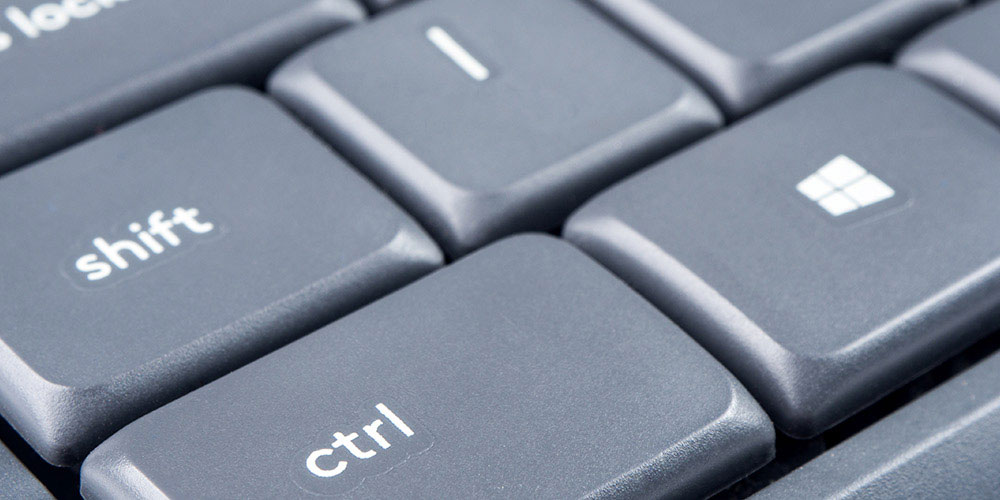Blog

How Much Downtime Can You Survive Without a Business Continuity and Disaster Recovery Plan?
With disasters–natural and manmade–in the news, preparedness in the form of a business continuity plan is vital. Disaster recovery, or the ability of a business to continue running during and after a disaster, is a key part of business continuity. Read on to learn more about developing a plan to keep your business operating even when things go wrong.

The Importance of a Business Continuity Plan
With some parts of the country heading into tornado season, and with natural and man-made disasters a possibility anywhere, there’s no time like now to consider how to keep your business running in the event of a flood, fire, earthquake, or even a cyber attack. A Business Continuity (BC) plan keeps your business running both during and after a disaster, minimizing downtime and the resulting loss of revenue and reputation. Read on to learn more about what such a plan can mean for your business.

Keep Your Network in Compliance, and Healthy Too
A company’s network is the backbone of its IT infrastructure, depended upon for connection to customers, potential customers, vendors and employees, as well as public and private cloud infrastructure. Not only that, your network’s health is one of your best defenses against cyber threats. However, to stay healthy and in compliance with standards and regulations, you need to be proactive. Read on to find out how to keep your network in good health and compliance.

The Importance of Data Protection
Cyber attacks and data breaches are regularly in the news, and often come with a loss or exposure of customers’ data and a loss of reputation to the business. Large, well-known businesses are often in the headlines; small to medium-size businesses, however, are just as much at risk. Knowledge of cybersecurity practices has yet to keep up with new threats. According to CompTIA’s 2018 Trends in Cybersecurity report, “Businesses with fewer than 100 employees are far more likely than their larger counterparts to feel that their IT security is simply adequate or unsatisfactory. Without a deep resource pool to lean on, smaller firms struggle to address new facets of IT security.” To learn more about protecting your data, read on.

Make Your Employees Your First Line of Defense in Cybersecurity
Imagine that your employees could be your strongest defense against cyber attacks, rather than a potential area of weakness. According to a CompTIA 2019 industry trends report, in all the innovation taking place, cybersecurity is an enduring concern. Other statistics indicate that user error contributes to nearly 25% of cyber breaches. Read on to learn more about how to train your employees to be your greatest defense against cyber attacks.

Is Your Business Ready for Windows 7 and Server 2008 r2 End of Service
With the upcoming end of service for Microsoft Windows 7 and Server 2008 r2, many business owners will need to consider their options. While the end of service for these operating systems is scheduled for January 2020, most technology advisors agree you need a plan of action today. To learn more about what these changes mean to keep your business systems running and secure, read on.

Tips to Avoid Security Breaches
According to a recent CompTIA report, even though people know what to do to avoid security breaches, they don’t always put this knowledge into practice. Employees can, however, take advantage of cybersecurity training in the workplace, learn to change passwords frequently, and implement other safeguards.

Hacking Hazards to Watch in 2019
The more technology advances, the more businesses must be aware of security breaches and hacker attacks. Where are hackers likely to strike in 2019, and how can you protect your business? Read on to learn more about new and existing cyberattacks to avoid.

From 5G to IOT: 2019 Technology Trends to Consider for Your Business
According to a recent report on Technology, Media and Telecommunication Predictions 2019 by professional services firm Deloitte, expect a range of new technologies to drive technology and business innovation next year. As the velocity of change accelerates at an unimaginable pace, here are a short list of considerations.

Tackling Security in the Cloud
Over the last ten to fifteen years, the cloud has gone from new technology to accepted–and by many, embraced–fact. According to a recent CompTIA study, cloud computing is now a critical part of today’s IT operations, powering everything from Cloud Backup to handling email and other commonly used applications.
